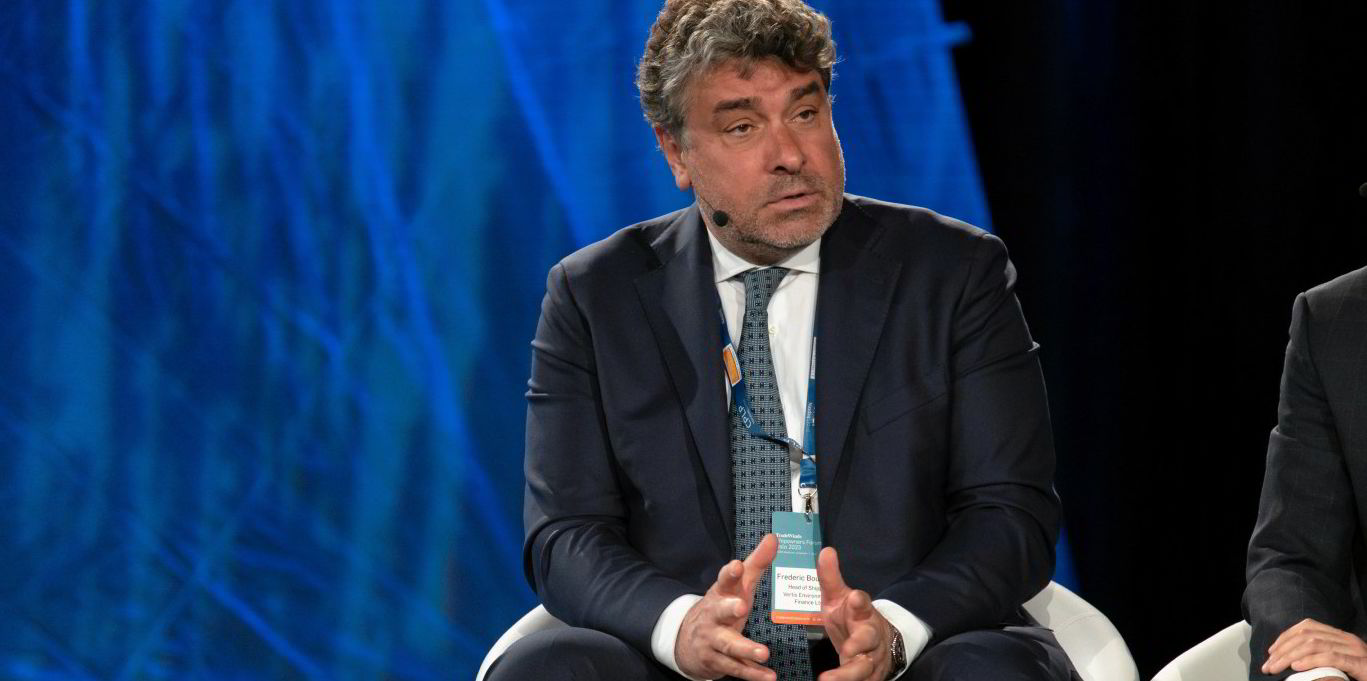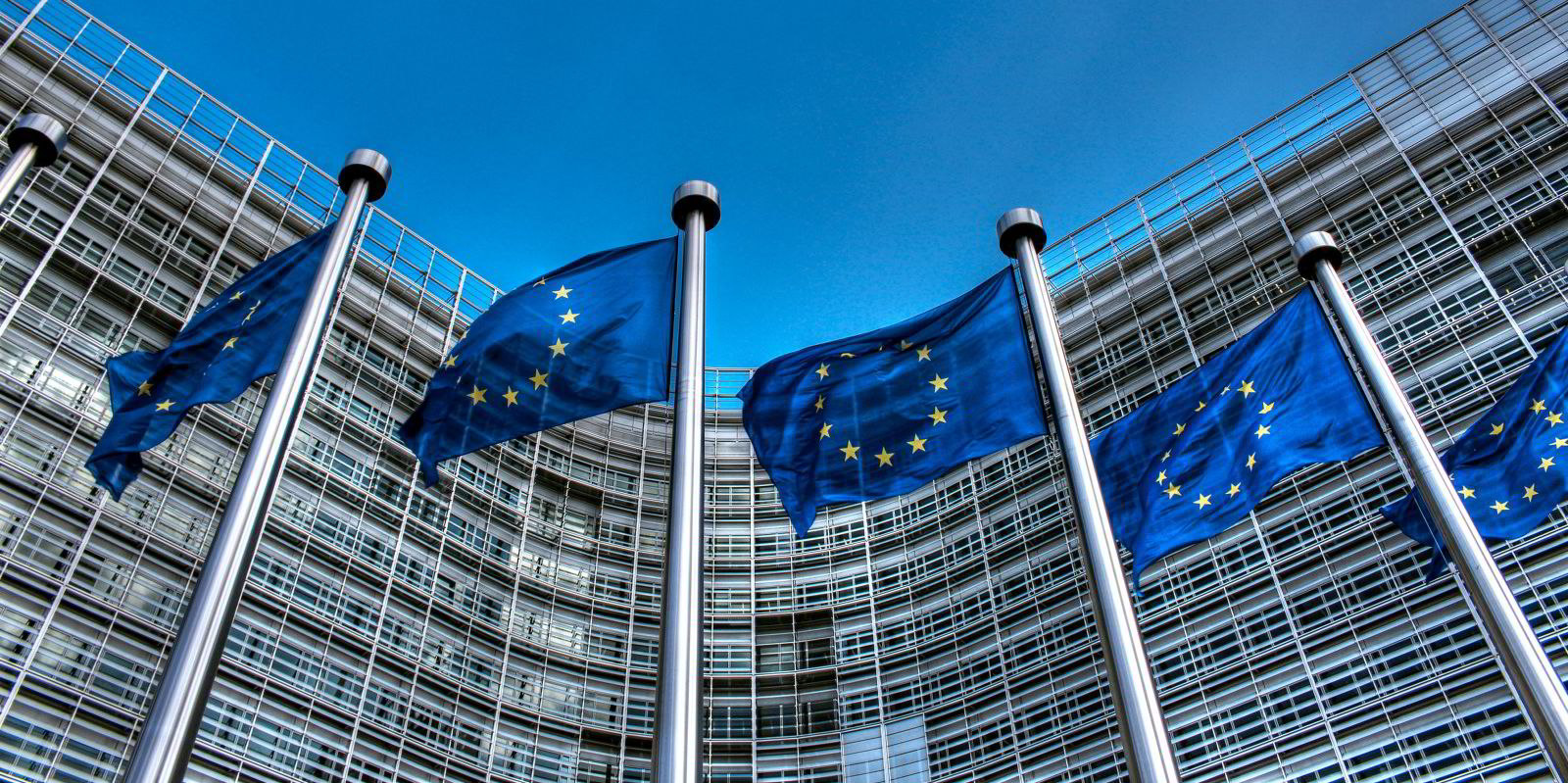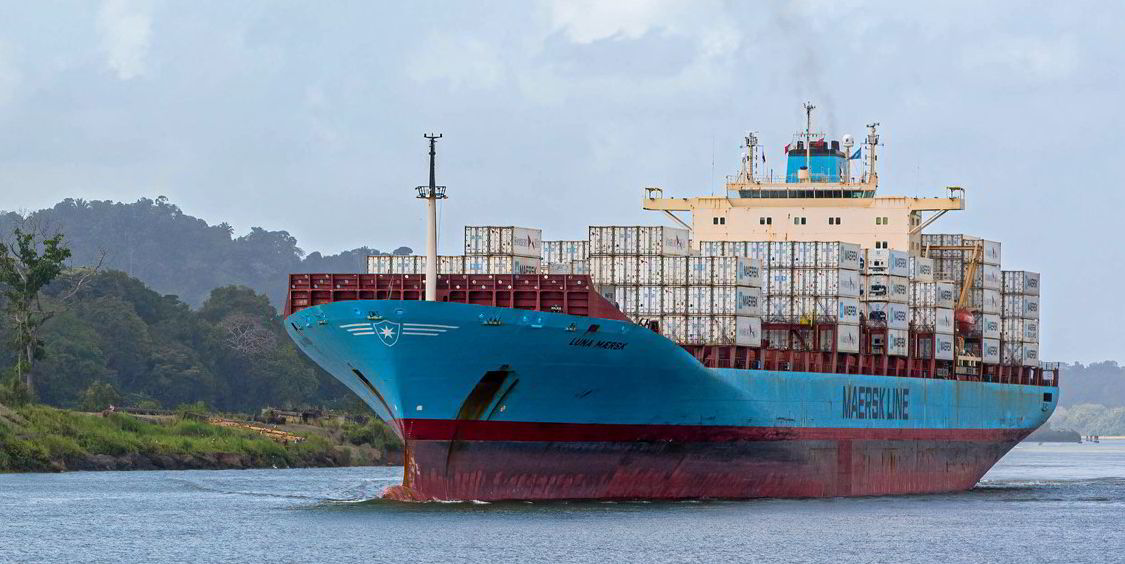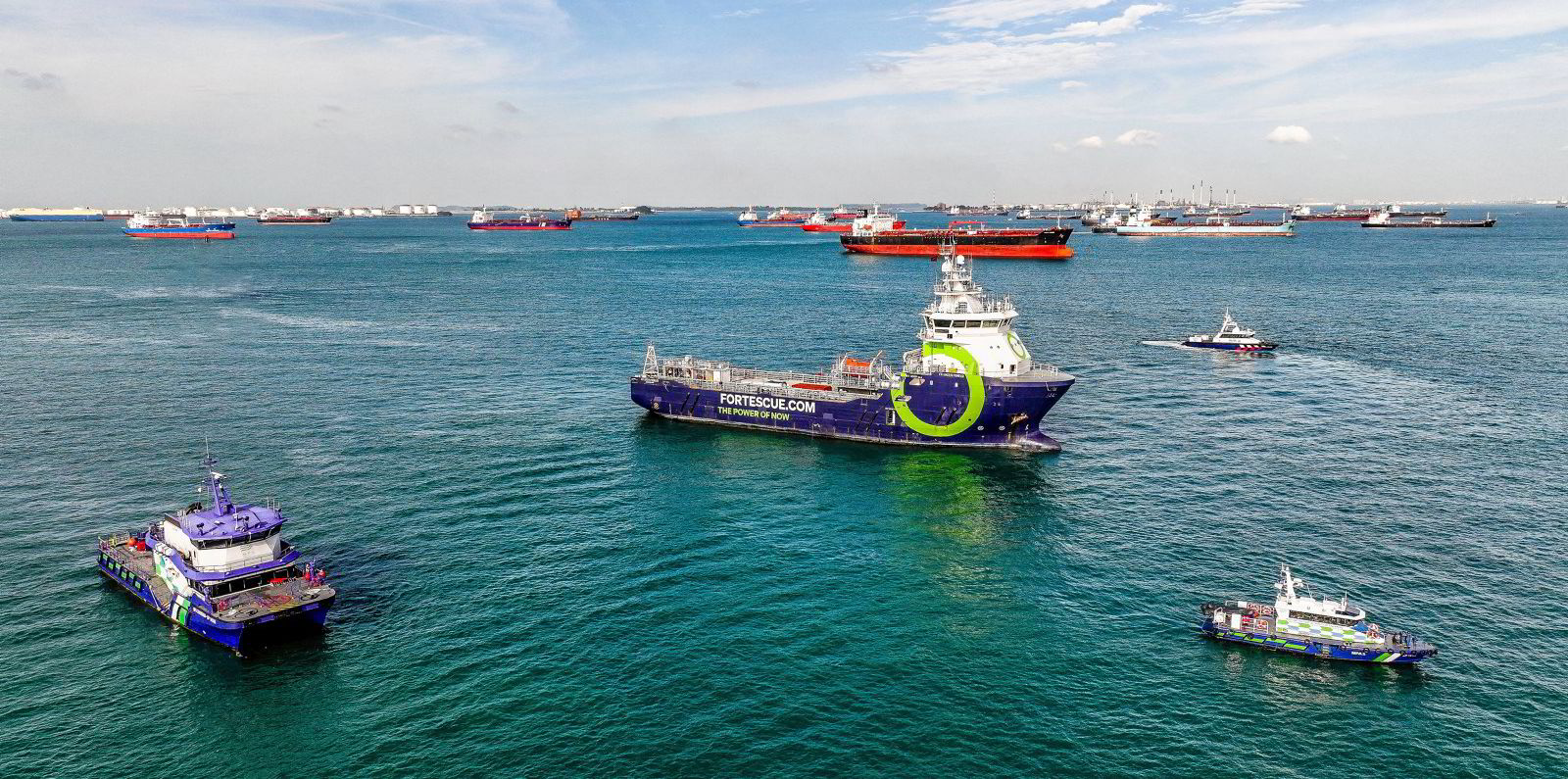Last summer, as shipping was gearing up to enter the European Union’s emissions trading regime, Mattia Ferracchiato had a bearish forecast.
The head of BRS Shipbrokers’ Geneva-based carbon desk believed that at some point prices would rise for the carbon credits that shipping companies would have to buy for European voyages starting in January, but he thought they were likely to come down first.
“I remember that people were saying, ‘Buy now, because the price is going up.’ And we were actually saying, ’No, wait, because the price is going down,’” he said in an interview with TradeWinds’ Green Seas podcast.
Then he joked: “I’m quite glad that it was my first right forecast.”
At that time, even the most bearish of analysts were not expecting the carbon credits known as EU allowances to fall as far as they have just as shipping was entering Brussels’ Emissions Trading System (ETS).
EU carbon prices have been on a rollercoaster of volatility, rising above €100 ($109) per tonne of CO2 last year, before the allowances prices fell to about €50 per tonne in February of 2024.
They have picked back up to just over €60 per tonne, but experts do not see a rapid rebound to last year’s heights in the cards.
Russia’s invasion of Ukraine in 2022 shook up fossil fuel markets, as natural gas prices soared and power plants in the EU turned to coal.
More fossil fuels meant more carbon emissions, and thus more demand for EU allowances, pushing prices higher.
But late last year, fossil fuel-based power production came back down, causing the opposite effect as summer lengthened before a milder winter.
Ferracchiato said the REPowerEU legislation, which Brussels passed to respond to the energy crisis caused by the Ukraine conflict, meant there were more carbon credits in the daily auctions.
Also contributing to price declines was the gradual way in which shipping is being added to the EU carbon market.
This year, shipping companies only have to buy credits for 40% of the emissions they will have to cover when the system is fully phased in.
“But at the same time, we are distributing 78m tonnes of CO2 through the auctions, which means that what we are injecting in the market to welcome this new sector in the ETS … is bigger than what is the demand from shipping itself,” he said.
Although he never expected EU carbon prices to fall as low as €50 per tonne, he said that now looks like the floor for the carbon market, because it is a psychological barrier for traders and Brussels officials have said they see that level as too low.
But he said the current low carbon prices could last until the beginning of the autumn.

That means these price levels could still be a buying opportunity for shipping companies, even though they typically pass on carbon costs to their customers.
Ferracchiato said what they actually do will vary by company.
“We have a bit of everything. We have seen customers buying enough allowances to cover more than their 2024 needs, which means that they are long already,” he said.
“And at the same time, we see customers are trying to hedge the per-voyager emissions, with small … purchases made every week.”
He said buying more credits now and hedging for future price rises is probably a good idea, though he does not expect vessel operators to pass along any profits of savvy carbon allowance trading to customers in the form of discounts.
“Probably they will include the future carbon cost into the freight and make some profits on margins,” he said. “That’s what I would expect, and that’s what I would do.”
Volatility in the carbon market comes as no surprise to those steeped in it.
Frederic Bouthillier, head of shipping at Vertis Environmental Finance, said volatility has been a feature of EU carbon allowances since the beginning.

But there is a pattern to the ups and downs of carbon prices. He said they often correlate with the Title Transfer Facility price, a benchmark natural gas price more commonly known as TTF.
“After the invasion of Ukraine by Russia, the [natural gas] price went ballistic and, actually, in the energy sector some of the German goal and gas plants switched to coal, .... which produced more emissions,” he said.
Although EU allowance prices started to recover, Bouthillier said the carbon market was still in a net-short position — meaning that investors were still betting on a decline. That risks a short squeeze that could push prices rapidly higher.
But Bouthillier said the EU carbon market’s fundamentals are still pointing in a bearish direction. There is a wide range of predictions about what is in store in the months ahead.
“The long-term forecast is up. I’m not making a mistake. We all know that,” he said.
“We’ve seen people looking at €50 by the end of the year, other people looking at €70. I think we could certainly see something anywhere between €70 and €80 at the end of the year.”
But he acknowledged the more bearish signs could point to prices that go further south.

Even though shipping companies don’t need to submit their 2024 carbon credits until September of next year, with prices like these, he believes now is still the time to act.
“What we are advocating to stakeholders, whether it’s shipowners or charterers, to take that opportunity, because buying at the current market, you can’t really make a mistake,” he said, especially if vessel operators have managed to pass through their costs to customers.
For shipping, the price plunges could not have happened at a better time. The industry started facing the need to pay for its greenhouse gas emissions just as the Suez Canal had become a war zone, lengthening voyages that were already stretched by the Ukraine conflict.
What do these low carbon prices mean for efforts to push shipping to cut its greenhouse gas footprint?
Ferracchiato said that for industries that have been exposed to EU emissions trading for some time, paying the carbon price did not alone push companies to decarbonise, although it may have incentivised efficiency gains.
“But if you want to get a real impact on the decarbonisation of a sector, you need to add on top a fuel target, a carbon intensity target like we see in the road transportation, like we see in the energy sector,” he said.
And that’s about to happen, at the start of 2025, when the FuelEU Maritime law begins to gradually impose carbon-intensity targets on shipping.

“That is probably the directive which I expect to have a bigger impact. The combination of ETS and FuelEU will have a big impact on the decarbonisation of the industry,” he said.
“ETS only? No, because the sector — or all the sectors, not only shipping — will simply pass the cost to the end customer and recover the cost of the tax. So definitely, that is not the perfect tool to stimulate the transition.”






